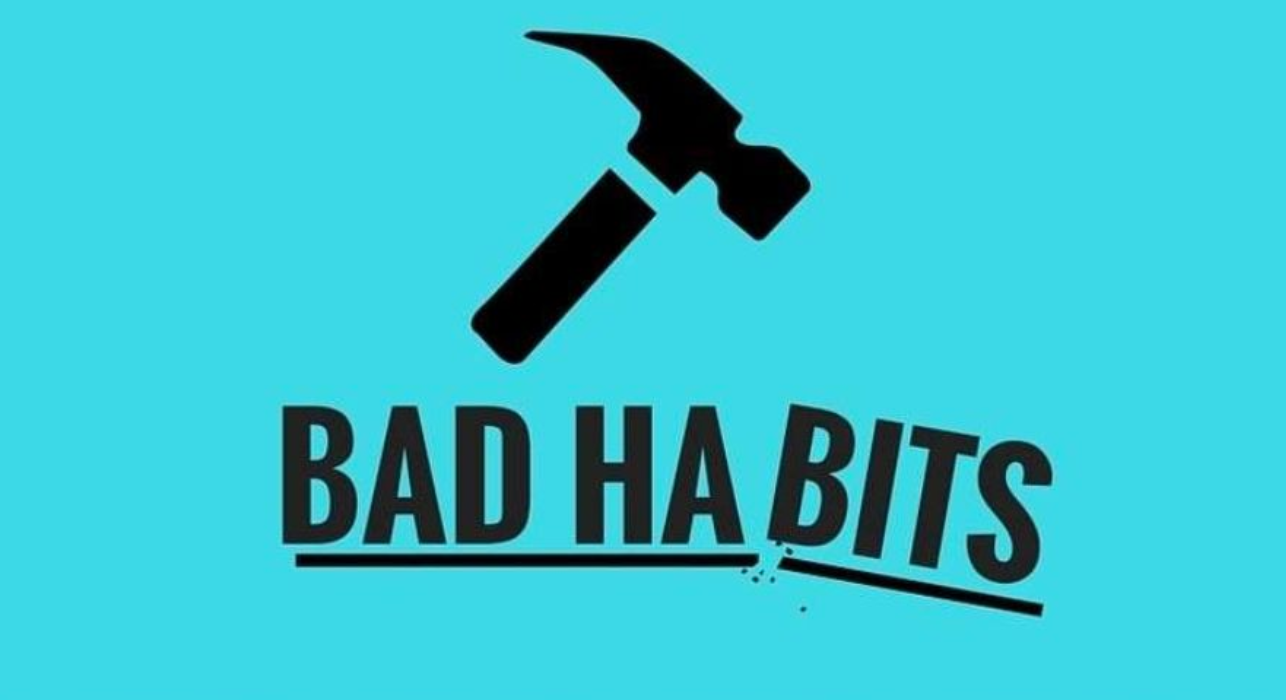
Habits—the behaviors we repeat so often that they become automatic—can be beneficial or destructive. Fastening your seat belt, for example, is a habit you’d never want to break, but paying bills late month after month can get you in real trouble. In leadership, too, habits can be positive or negative. Here are some of the most common bad leadership habits—look through the list and see which of your own automatic thoughts and actions may be in need of reforming.
You think you’re good at everything. If you’re like most leaders, you know to leverage what you’re good at, but letting your weaknesses slide does real damage to both you and your team. Break the habit by working to understand and address your challenges. Remember that setting an example of self-improvement is part of your job as a leader.
You take people for granted. Everyone wants to be valued and recognized for what they do. If you are taking your people for granted, you and your organization are missing out on their full value and the potential. Break the habit by structuring opportunities for recognition into staff meetings, weekly emails, or other regular events.
You’re always expressing a negative point of view. If your first response is always negative, people around you will eventually become reluctant to present you with new ideas or speak to you about what’s on their mind—and those are things you need to know. You may not be able to change how you feel, but you can always choose to act in a way that builds connections. Break the habit by expressing openness to other people’s ideas.
You avoid difficult conversations. If you are in the habit of avoiding conflict, you are weakening your leadership. It’s hard for people to have faith in a leader who won’t confront difficulty. Break the habit by forcing yourself to meet problems head-on and have difficult conversation when they’re needed. However painful it seems at the time, it’s easier than avoidance in the long run.
You live in the weeds. The best leaders don’t micromanage, because they know it creates mistrust and breaks down innovation and motivation. At the heart of most micromanagement tendencies is the fear that your people will make you look bad. Break the habit by learning to trust the people you’ve hired to do the job you hired them to do.
When it comes to breaking bad habits, change might not be fast or easy. But with time and effort, almost any habit can be reshaped.
Lead from within: A leader who doesn’t take the time to take stock of their attitudes and behavior doesn’t even know what bad habits they need to break.
#1 N A T I O N A L B E S T S E L L E R
The Leadership Gap
What Gets Between You and Your Greatness
After decades of coaching powerful executives around the world, Lolly Daskal has observed that leaders rise to their positions relying on a specific set of values and traits. But in time, every executive reaches a point when their performance suffers and failure persists. Very few understand why or how to prevent it.
Additional Reading you might enjoy:
- 12 Successful Leadership Principles That Never Grow Old
- A Leadership Manifesto: A Guide To Greatness
- How to Succeed as A New Leader
- 12 of The Most Common Lies Leaders Tell Themselves
- 4 Proven Reasons Why Intuitive Leaders Make Great Leaders
- The One Quality Every Leader Needs To Succeed
- The Deception Trap of Leadership
Photo Credit: iStockPhotos
Of Lolly’s many awards and accolades, Lolly was designated a Top-50 Leadership and Management Expert by Inc. magazine. Huffington Post honored Lolly with the title of The Most Inspiring Woman in the World. Her writing has appeared in HBR, Inc.com, Fast Company (Ask The Expert), Huffington Post, and Psychology Today, and others. Her newest book, The Leadership Gap: What Gets Between You and Your Greatness has become a national bestseller.
